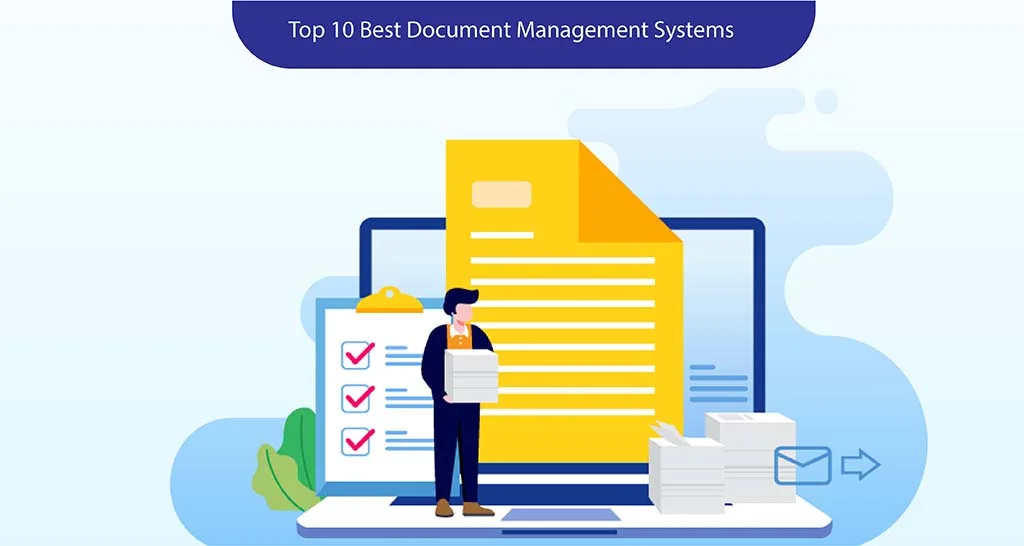The World of Document Reviews: Best Practices and Key Strategies

In the modern business landscape, effective document management is crucial for ensuring smooth operations, compliance, and efficiency. Document reviews are a fundamental aspect of this process, especially in legal, corporate, and academic settings. This article delves into the intricacies of document reviews, offering a comprehensive guide to best practices and strategies for conducting thorough and efficient evaluations.
Understanding Document Reviews
At its core, a document review is the process of examining documents to ensure they meet specific standards, are accurate, and serve their intended purpose. This process can vary widely depending on the type of documents and the goals of the review. In legal contexts, document reviews often involve scrutinizing evidence for relevance and compliance with legal standards. In corporate settings, reviews might focus on internal reports, financial statements, or policy documents. Academically, reviews may center around research papers and academic articles.
The Importance of Document Reviews
- Accuracy and Compliance: Document reviews are crucial for ensuring that documents are accurate and comply with relevant regulations and standards. In legal proceedings, for instance, the integrity of evidence can impact the outcome of a case. Similarly, in corporate environments, compliance with financial regulations and internal policies is essential for maintaining organizational integrity.
- Efficiency and Organization: Effective document reviews help streamline processes by identifying and addressing errors or inconsistencies early. This can save time and resources by reducing the need for extensive revisions or corrections later in the process.
- Risk Management: Reviewing documents helps identify potential risks, such as legal liabilities or financial discrepancies. By addressing these issues proactively, organizations can mitigate potential problems before they escalate.
Best Practices for Document Reviews
- Establish Clear Objectives: Before initiating a document review, it is essential to define clear objectives. What specific aspects of the document are being reviewed? Are there particular standards or criteria that need to be met? Establishing these goals upfront ensures that the review process is focused and effective.
- Organize and Categorize Documents: Proper organization of documents is key to an efficient review process. Categorize documents based on their type, purpose, or relevance. This organization facilitates a more systematic review, allowing reviewers to focus on specific areas without being overwhelmed by a large volume of material.
- Utilize Technology and Tools: Leverage technology to enhance the efficiency of document reviews. Tools such as document management systems, review software, and collaboration platforms can streamline the process by allowing for easy access, annotation, and tracking of changes.
- Develop a Review Checklist: Create a checklist outlining the key elements to be reviewed. This might include checking for accuracy, completeness, compliance with standards, and alignment with objectives. A checklist ensures that no critical aspects are overlooked during the review.
- Involve Multiple Reviewers: When possible, involve multiple reviewers in the process. Different perspectives can help identify issues that a single reviewer might miss. Additionally, collaboration among reviewers can lead to more thorough and balanced evaluations.
- Provide Clear Feedback: When reviewing documents, it is important to provide clear, constructive feedback. Specify the issues identified and suggest actionable improvements. Clear communication helps ensure that revisions are made effectively and efficiently.
- Document Review Processes: Maintain a record of the review process, including feedback provided, changes made, and decisions taken. This documentation serves as a reference for future reviews and can be useful for tracking progress and ensuring accountability.
- Regular Training and Updates: Ensure that reviewers are well-trained and stay updated on relevant standards and best practices. Regular training helps maintain the quality of the review process and ensures that reviewers are aware of any changes in regulations or procedures.
Challenges and Solutions
- Volume of Documents: Handling a large volume of documents can be overwhelming. To manage this, prioritize documents based on their importance or relevance and use document management tools to facilitate sorting and retrieval.
- Consistency Issues: Maintaining consistency in reviews can be challenging, especially with multiple reviewers. To address this, standardize review criteria and provide training to ensure that all reviewers are aligned with the same standards.
- Time Constraints: Tight deadlines can pressure reviewers and impact the quality of the review. To manage time constraints, plan the review process carefully, allocate sufficient time for each stage, and use technology to streamline the workflow.
Time Constraints
Document reviews are a critical component of effective document management, playing a vital role in ensuring accuracy, compliance, and efficiency. By following best practices and leveraging technology, organizations and individuals can conduct thorough and effective reviews, ultimately leading to improved outcomes and reduced risks. As the landscape of document management continues to evolve, staying informed about best practices and emerging tools will be essential for maintaining high standards in document reviews.


